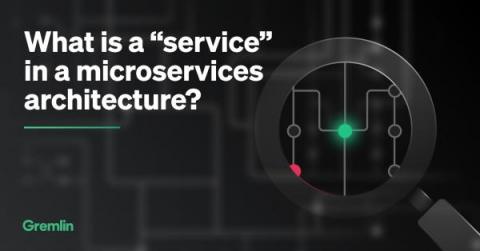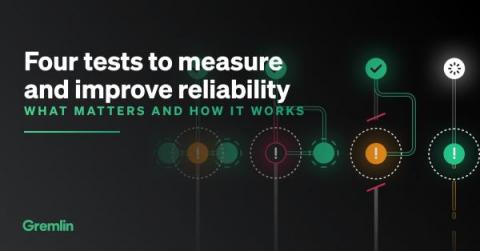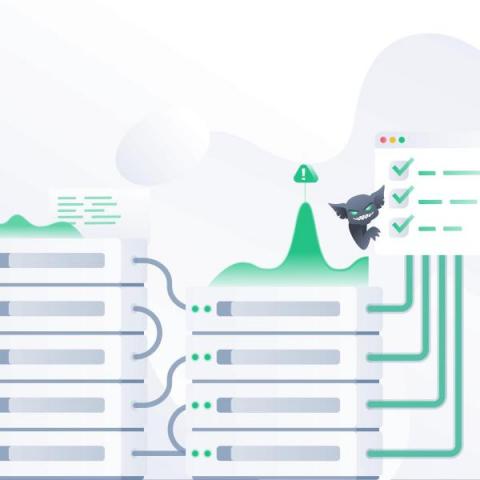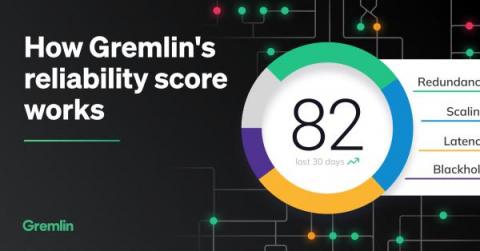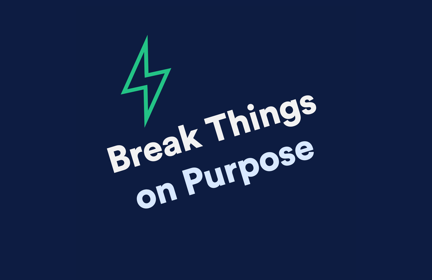What is a "service" in a microservices architecture?
The past ten years marked a significant change in how software teams build and deploy applications. We moved away from bulky, slow, monolithic applications toward lightweight, scalable, distributed service-based applications. Meanwhile, tools like Docker, Kubernetes, and other container platforms helped accelerate this process. Despite this sudden growth, a fundamental question remains: what exactly is a service, and how does it fit into a microservice architecture?


